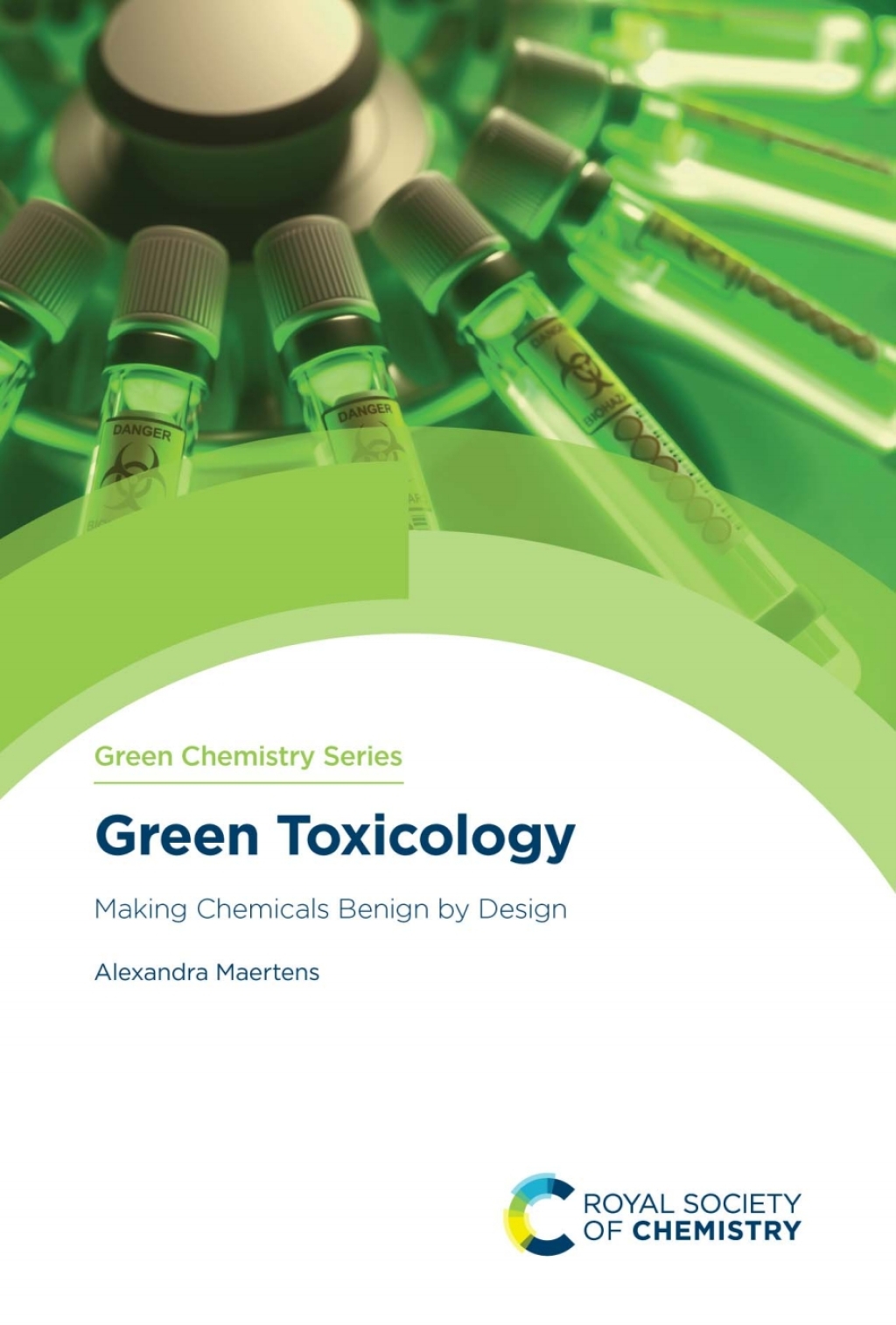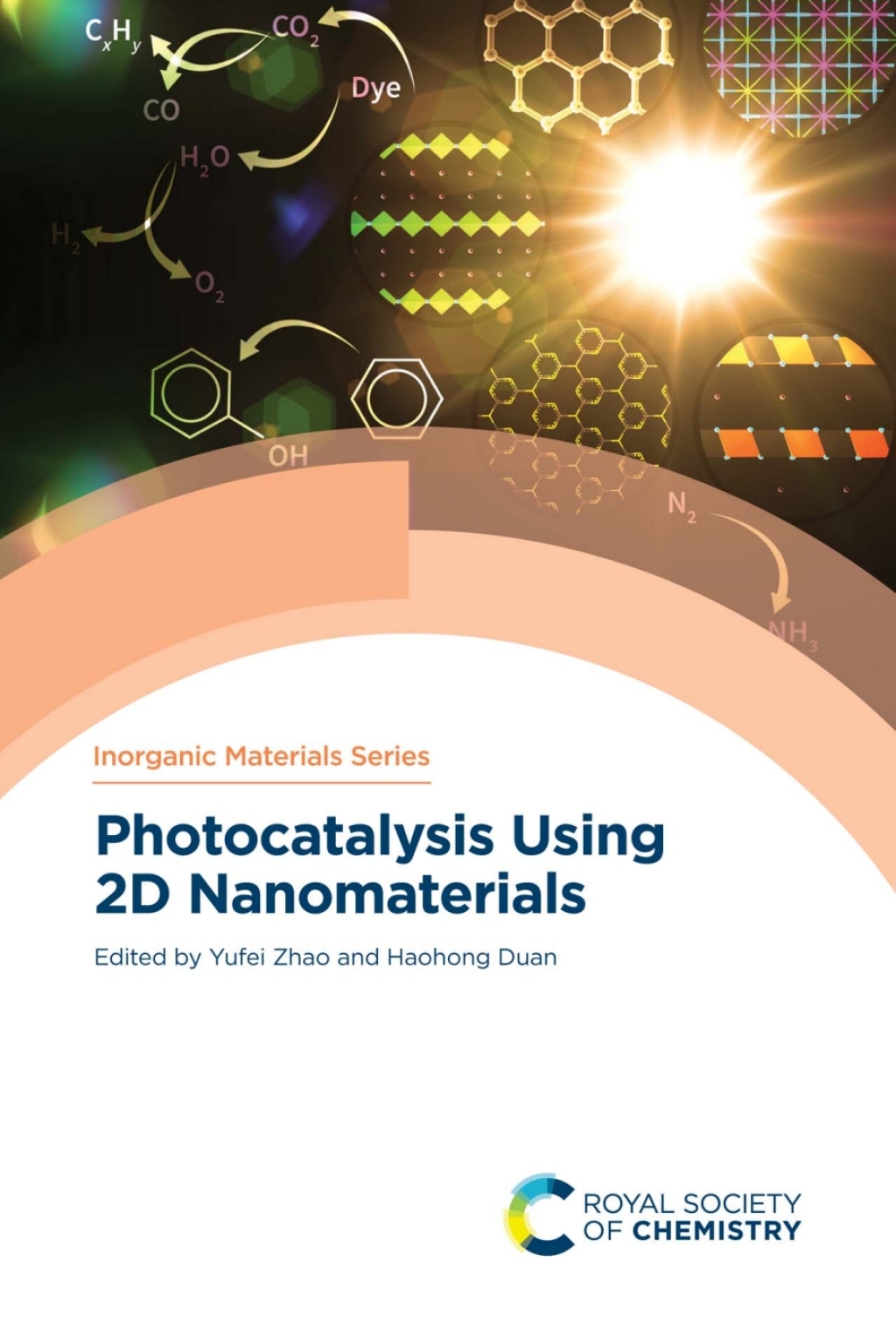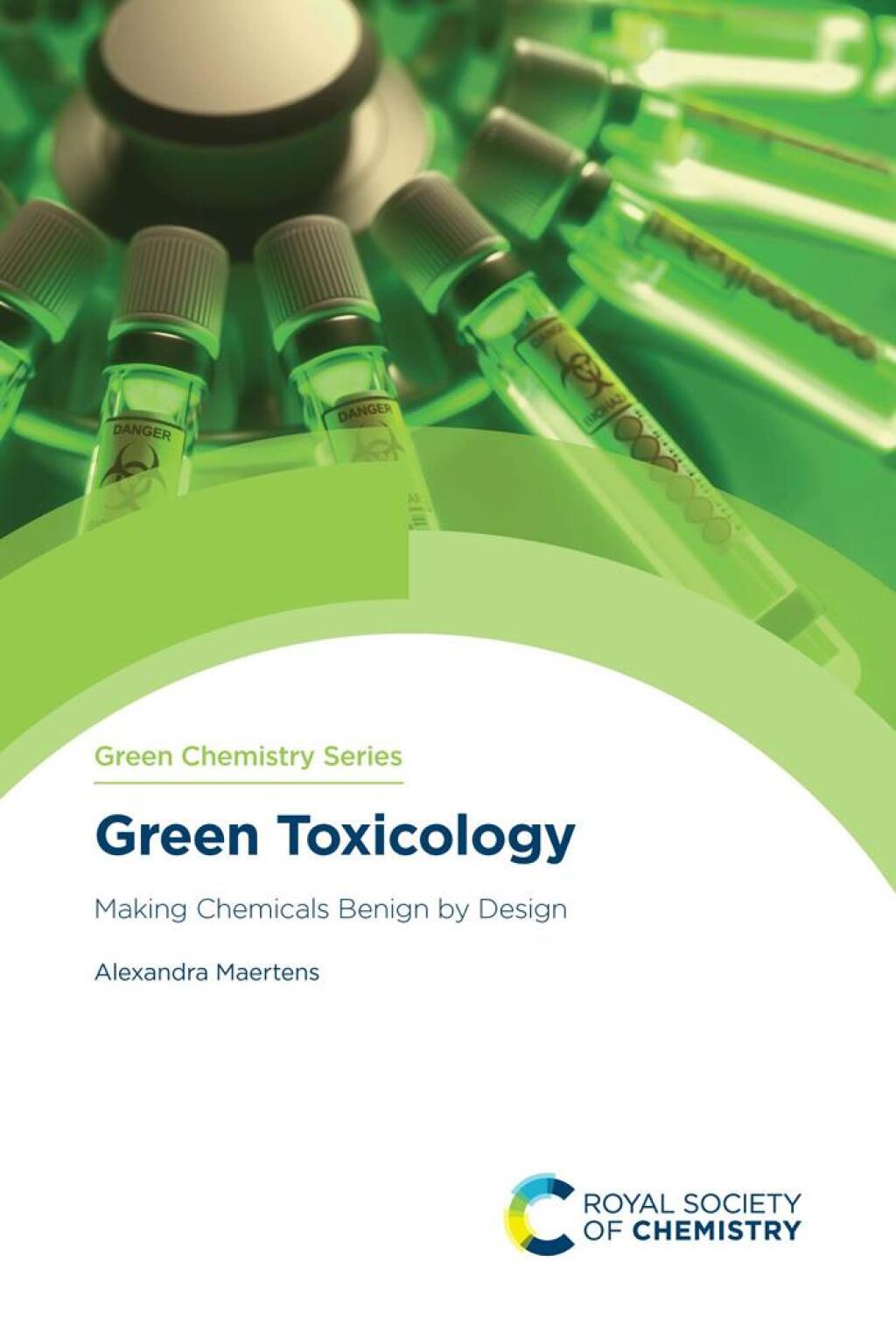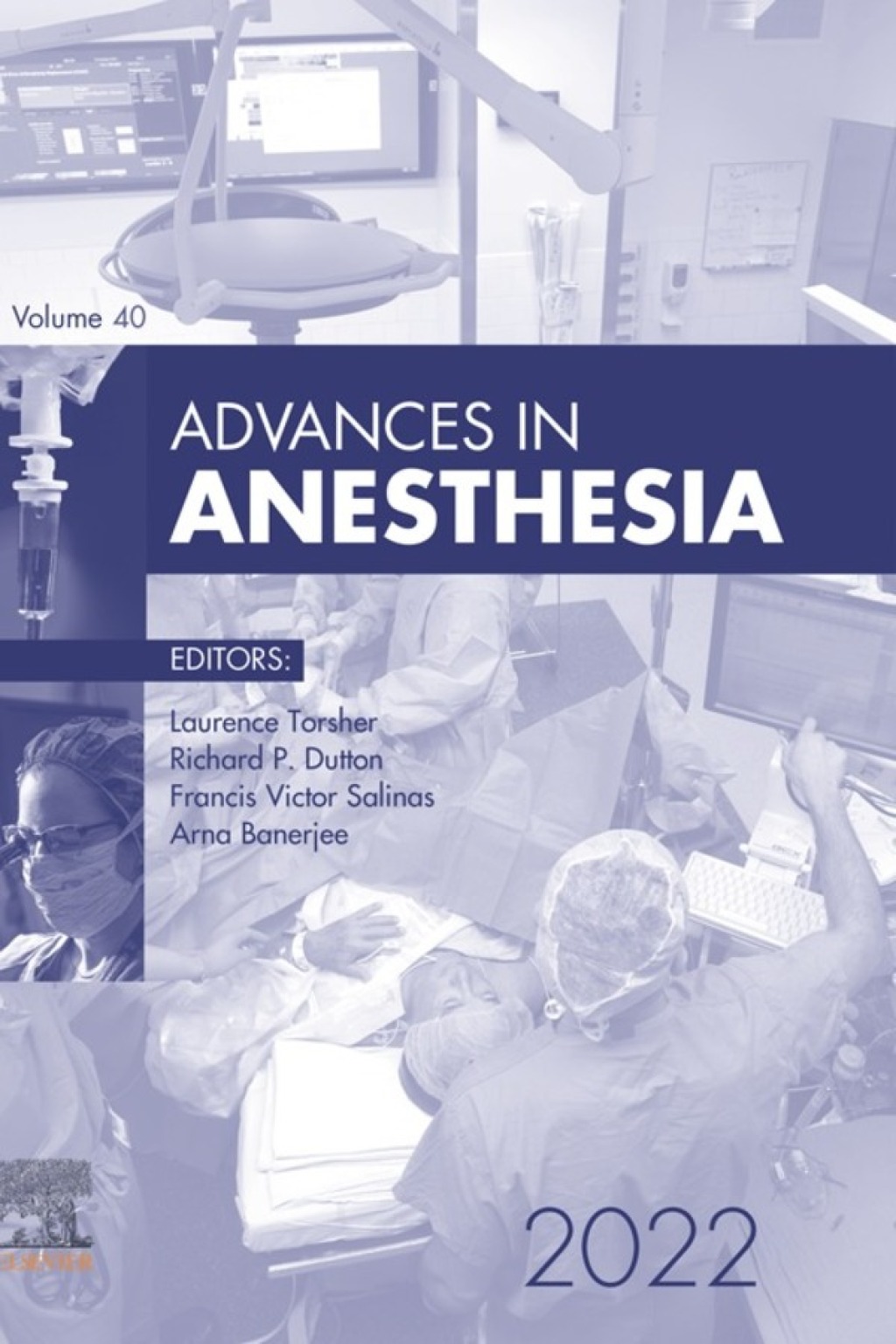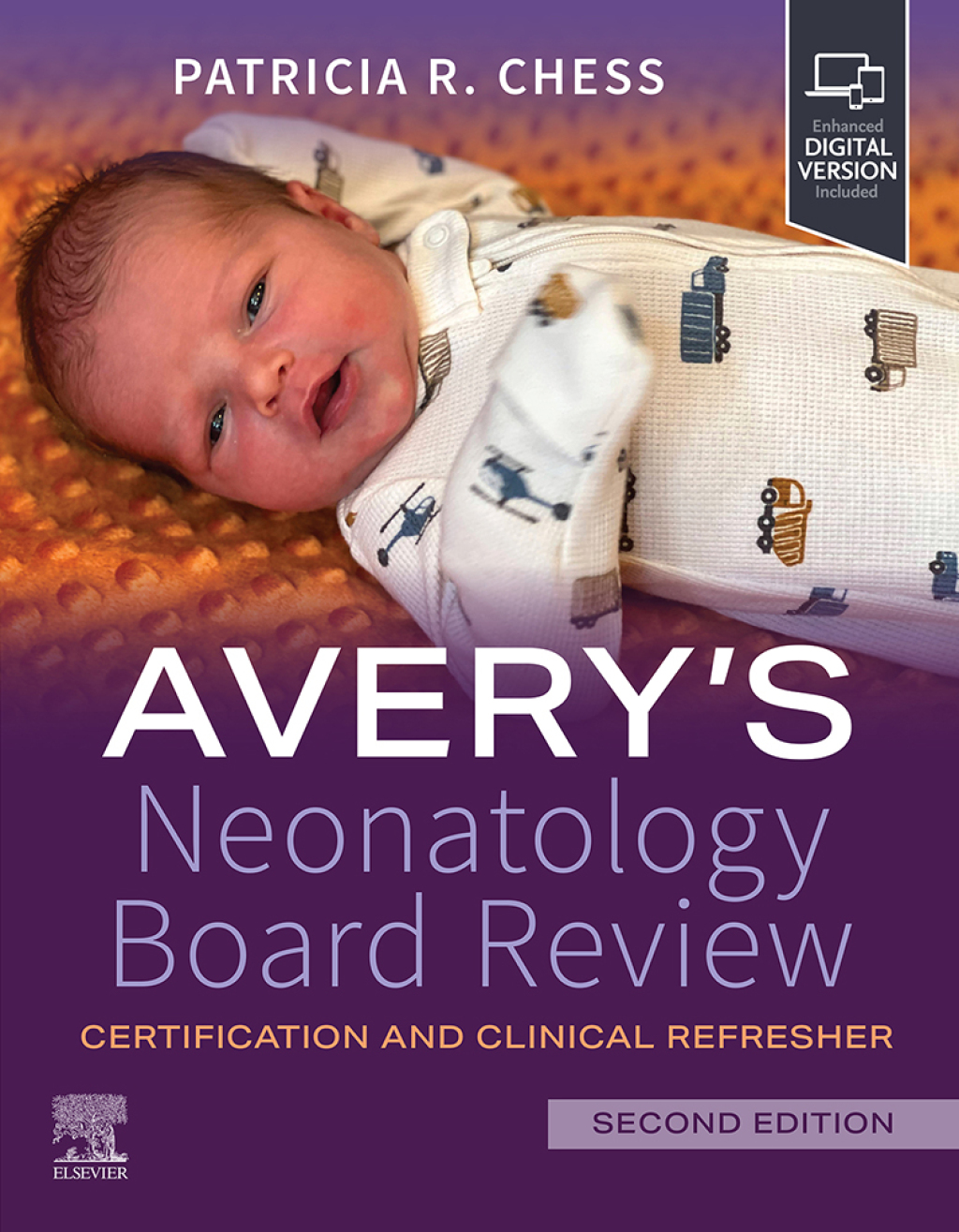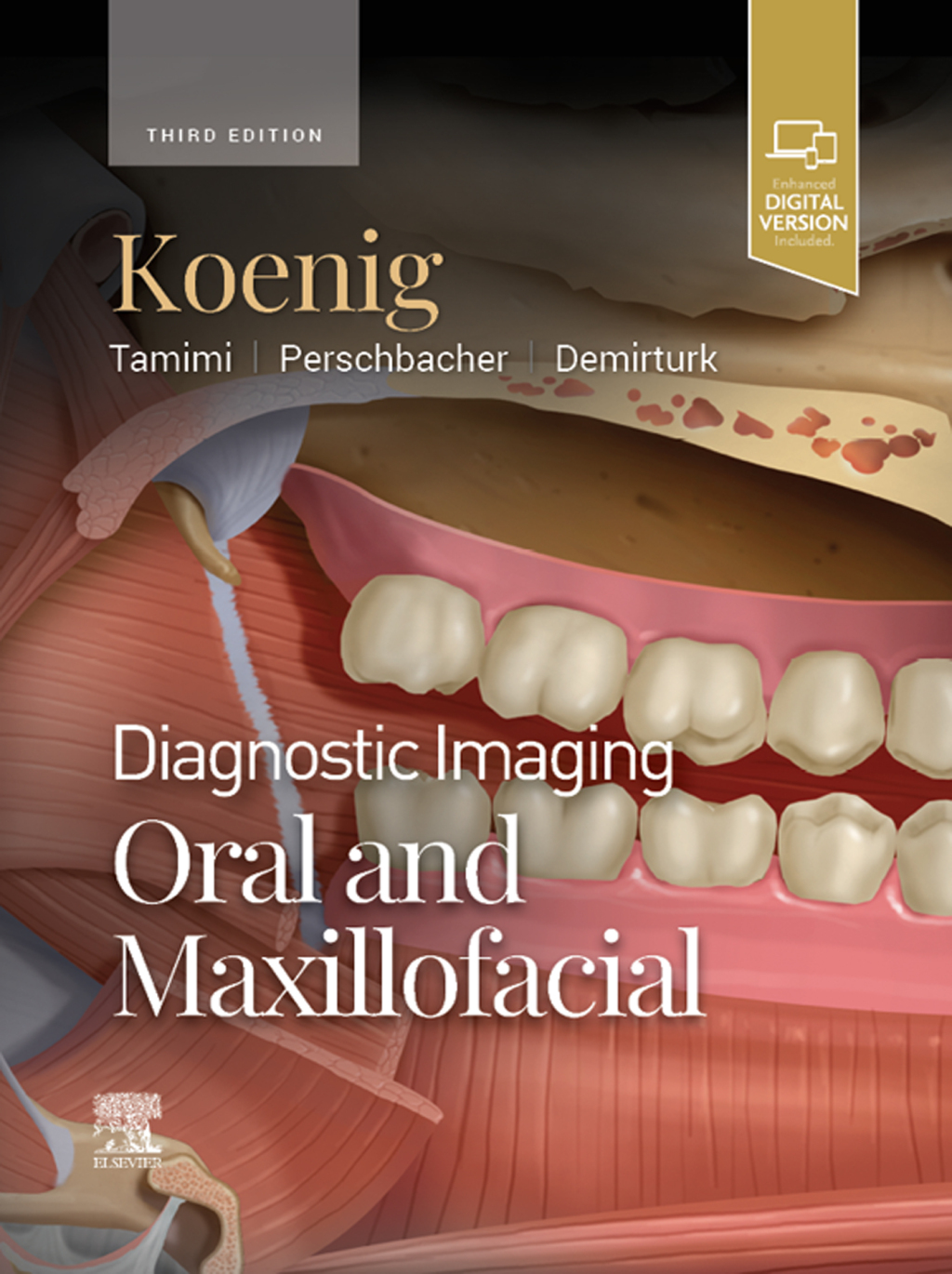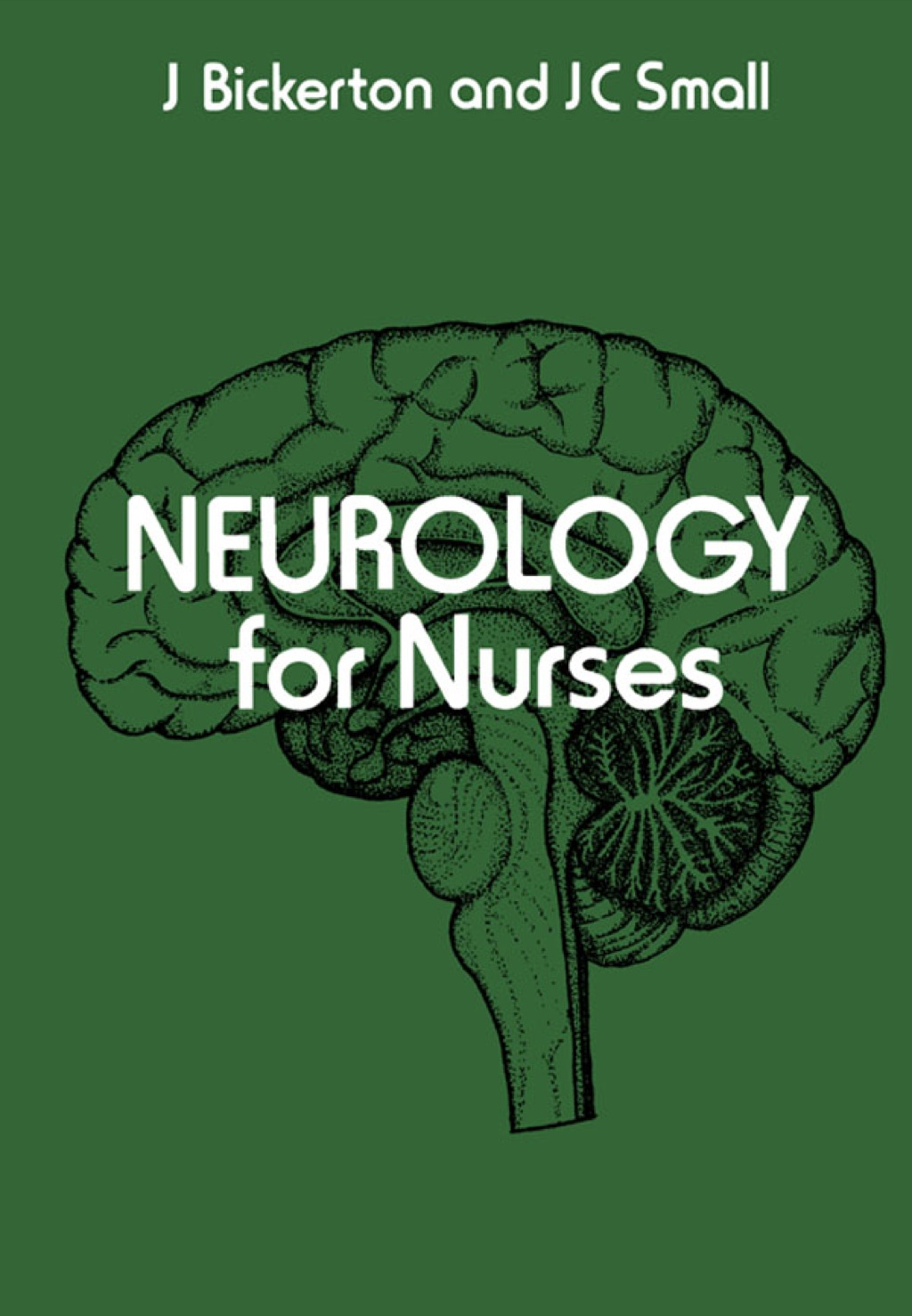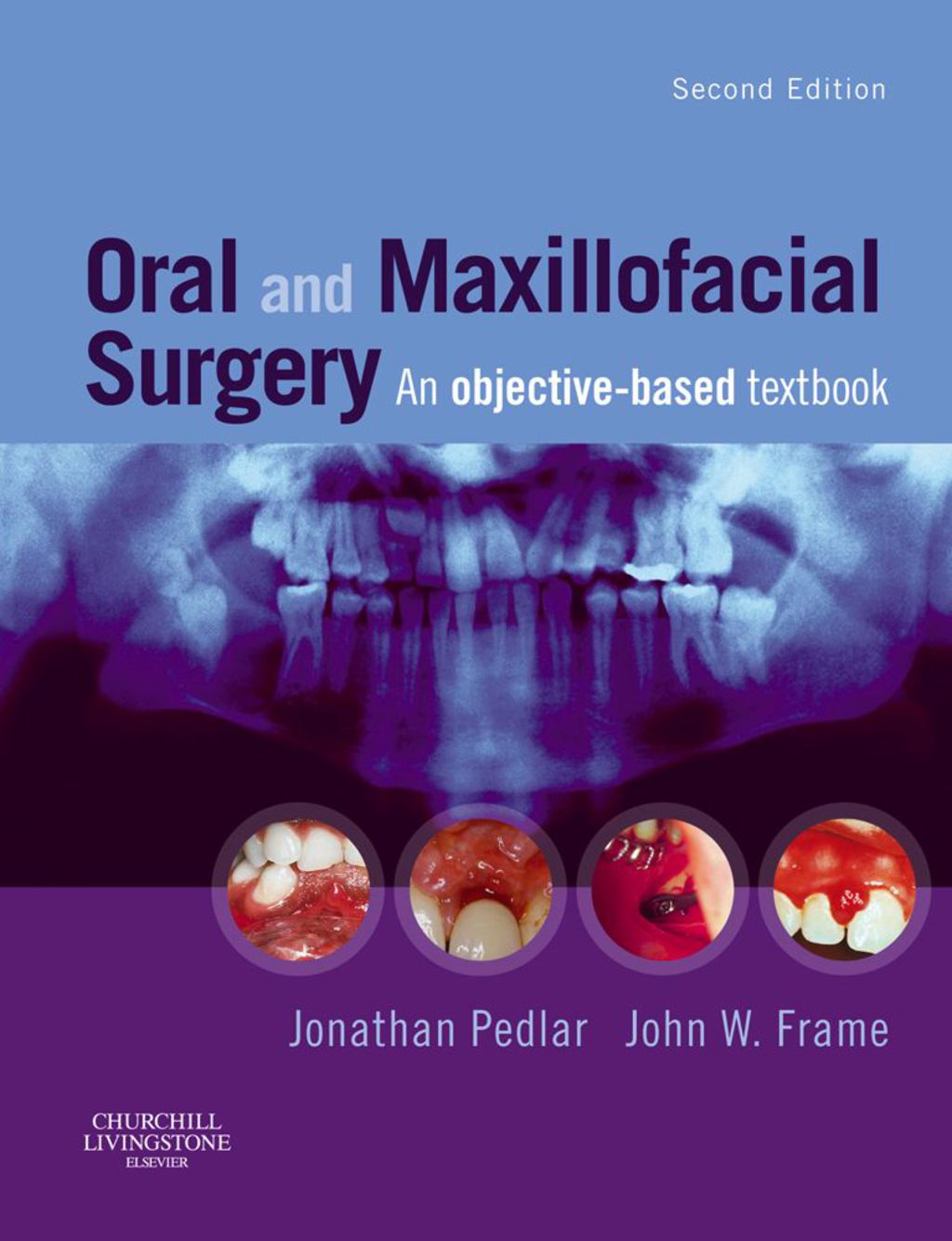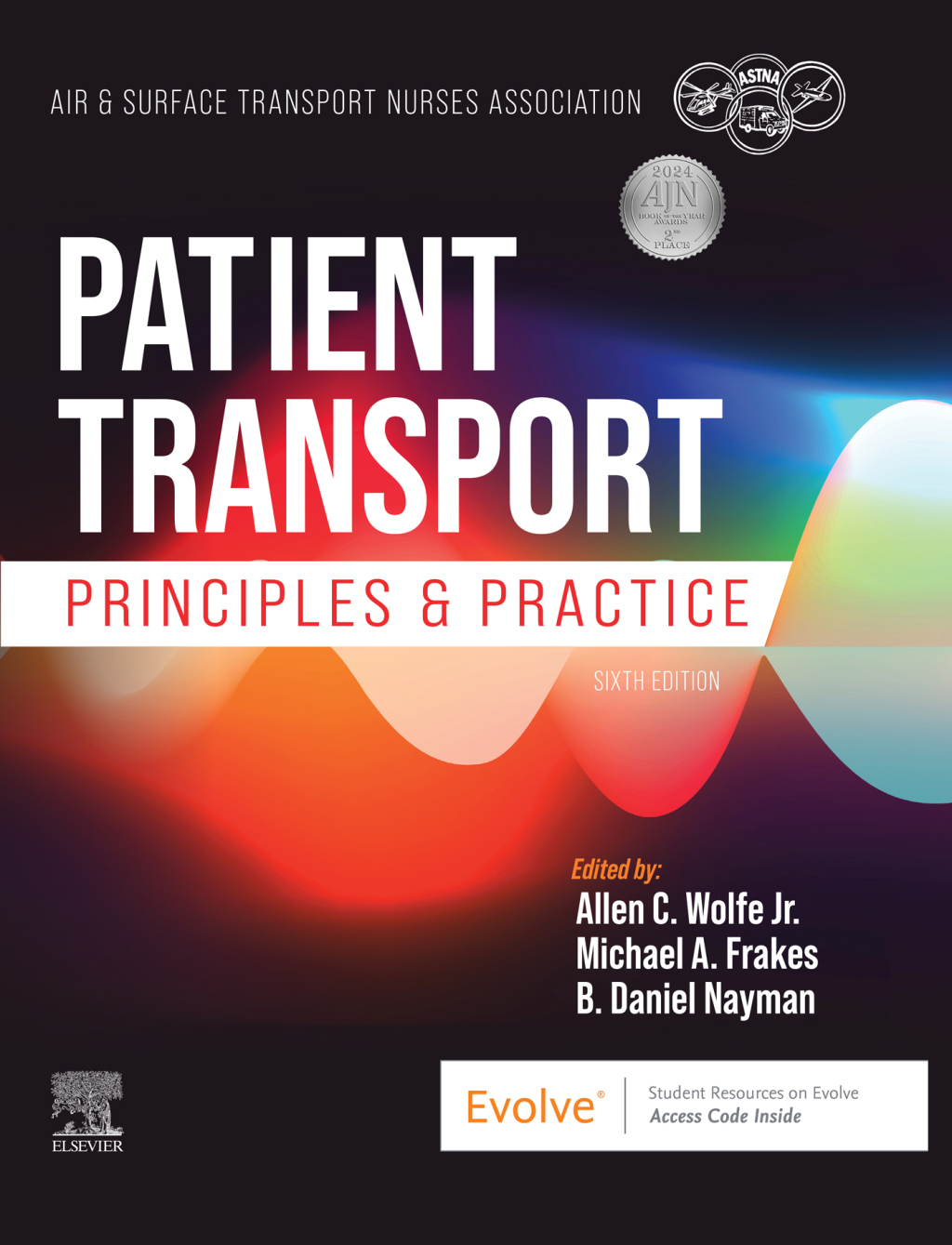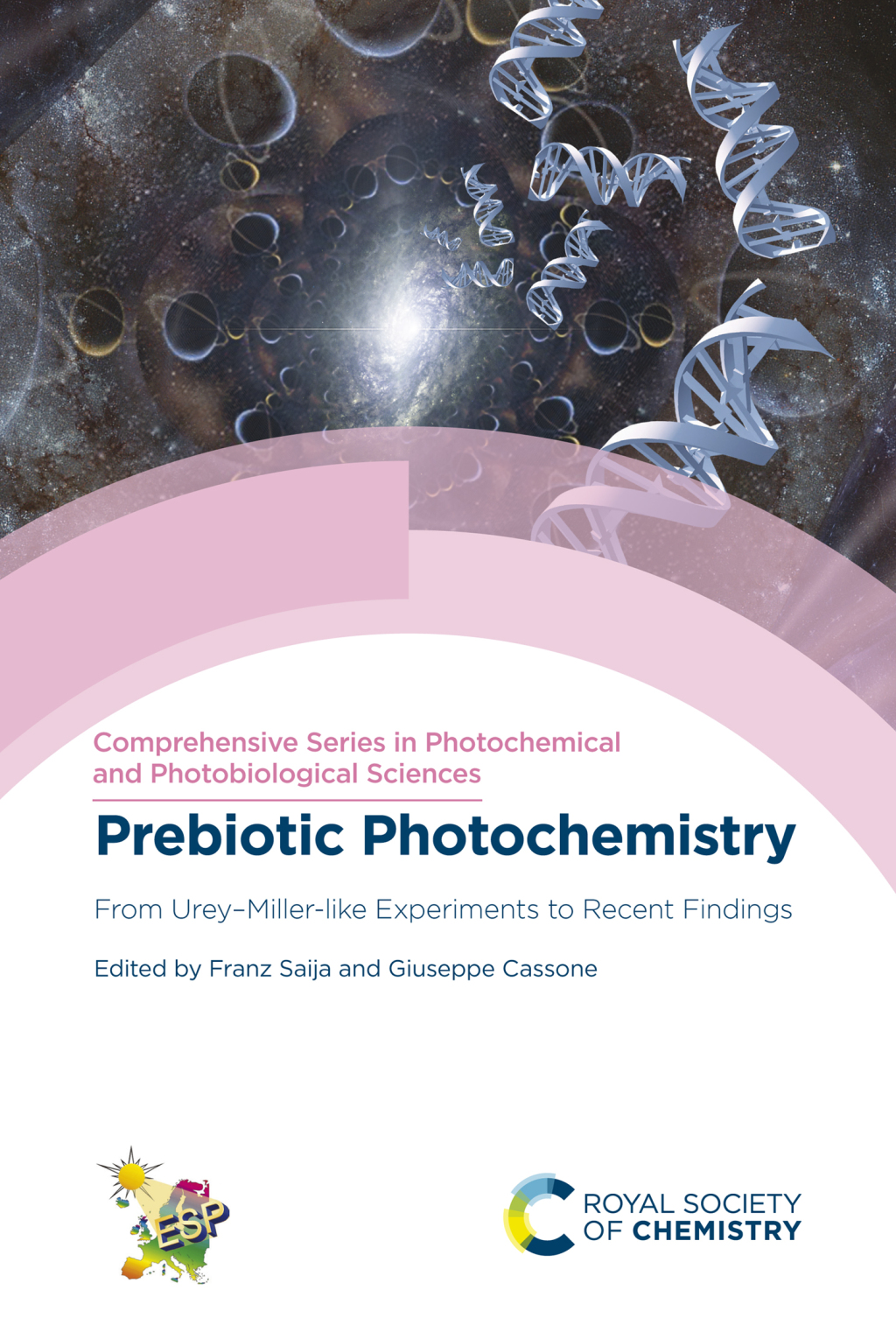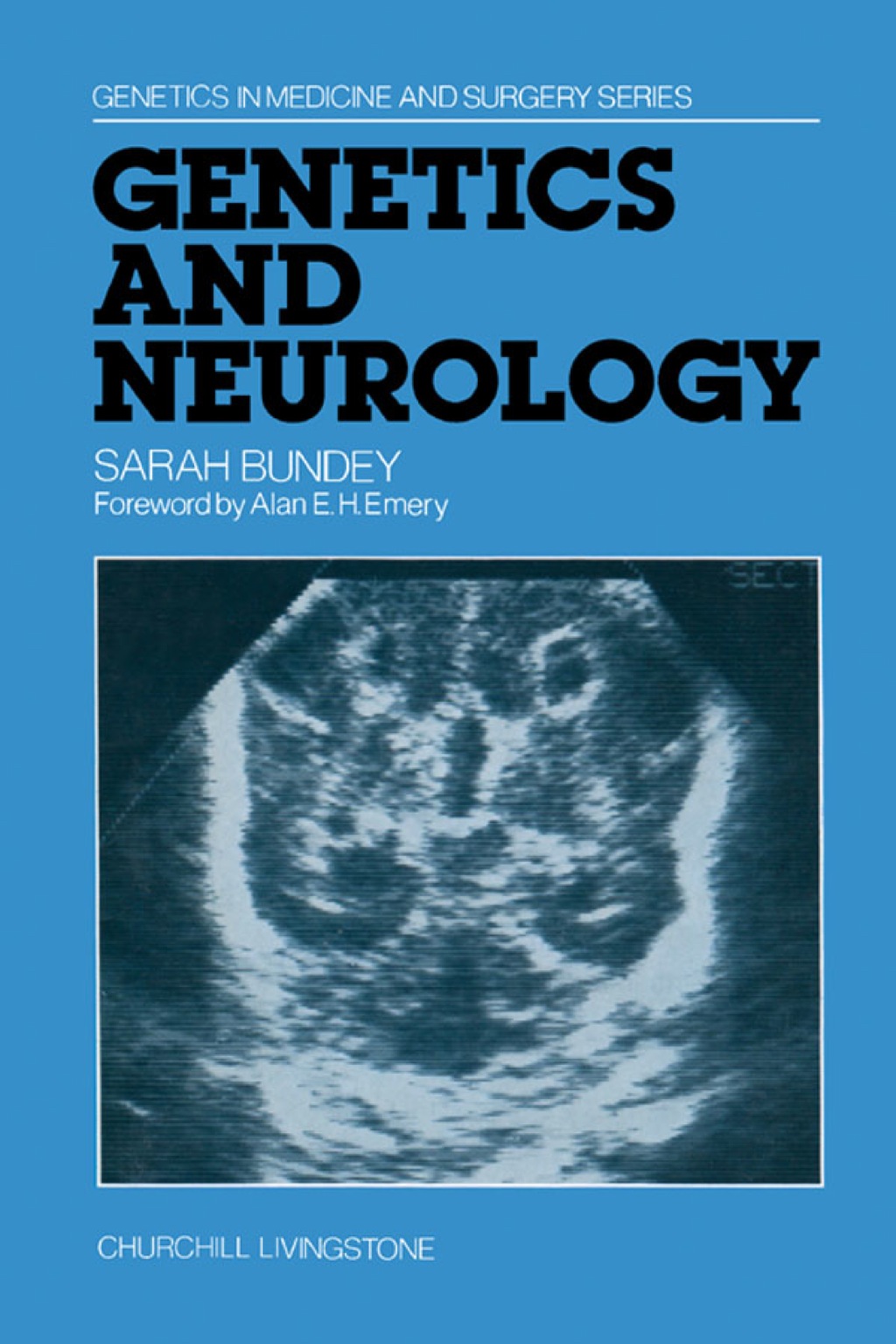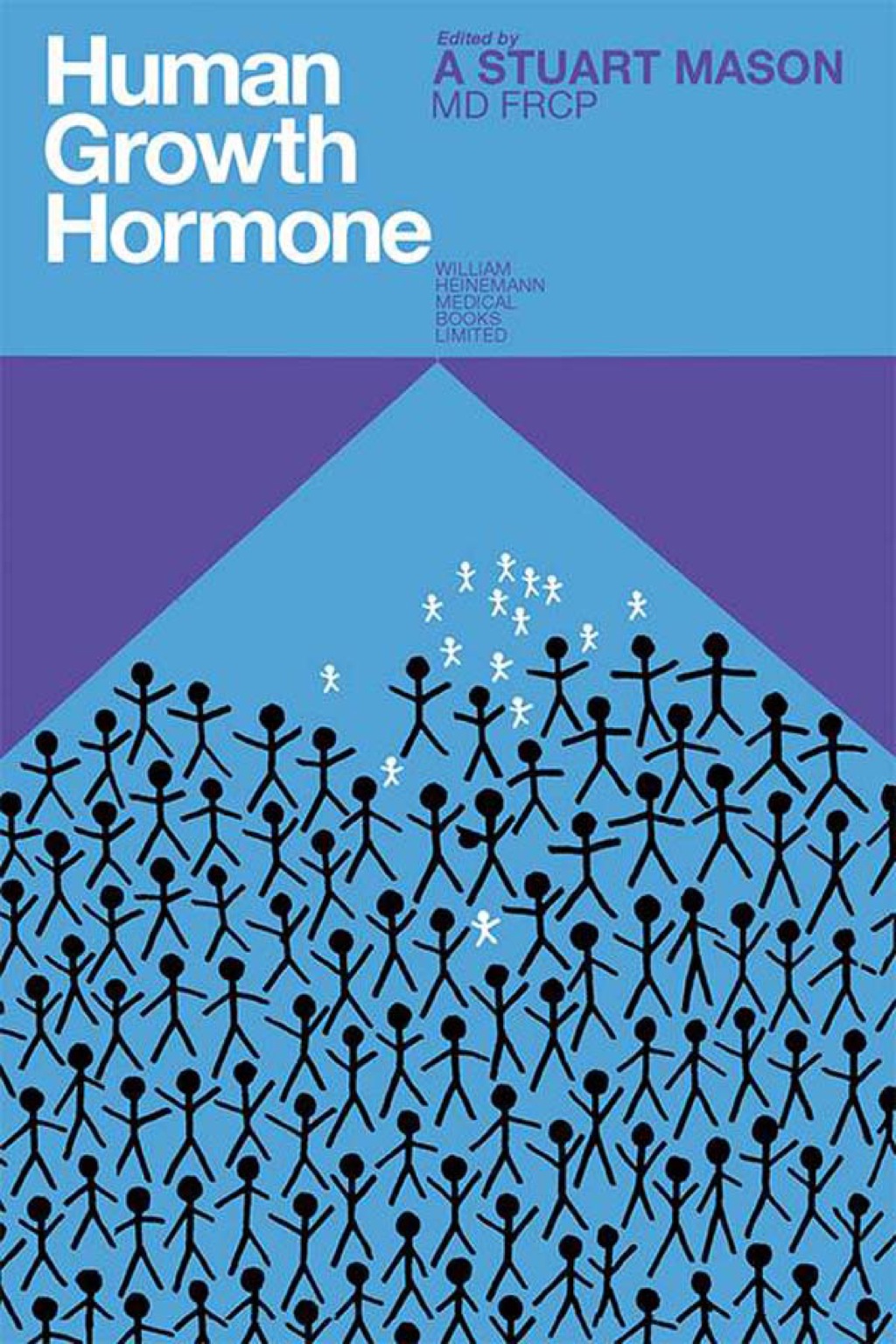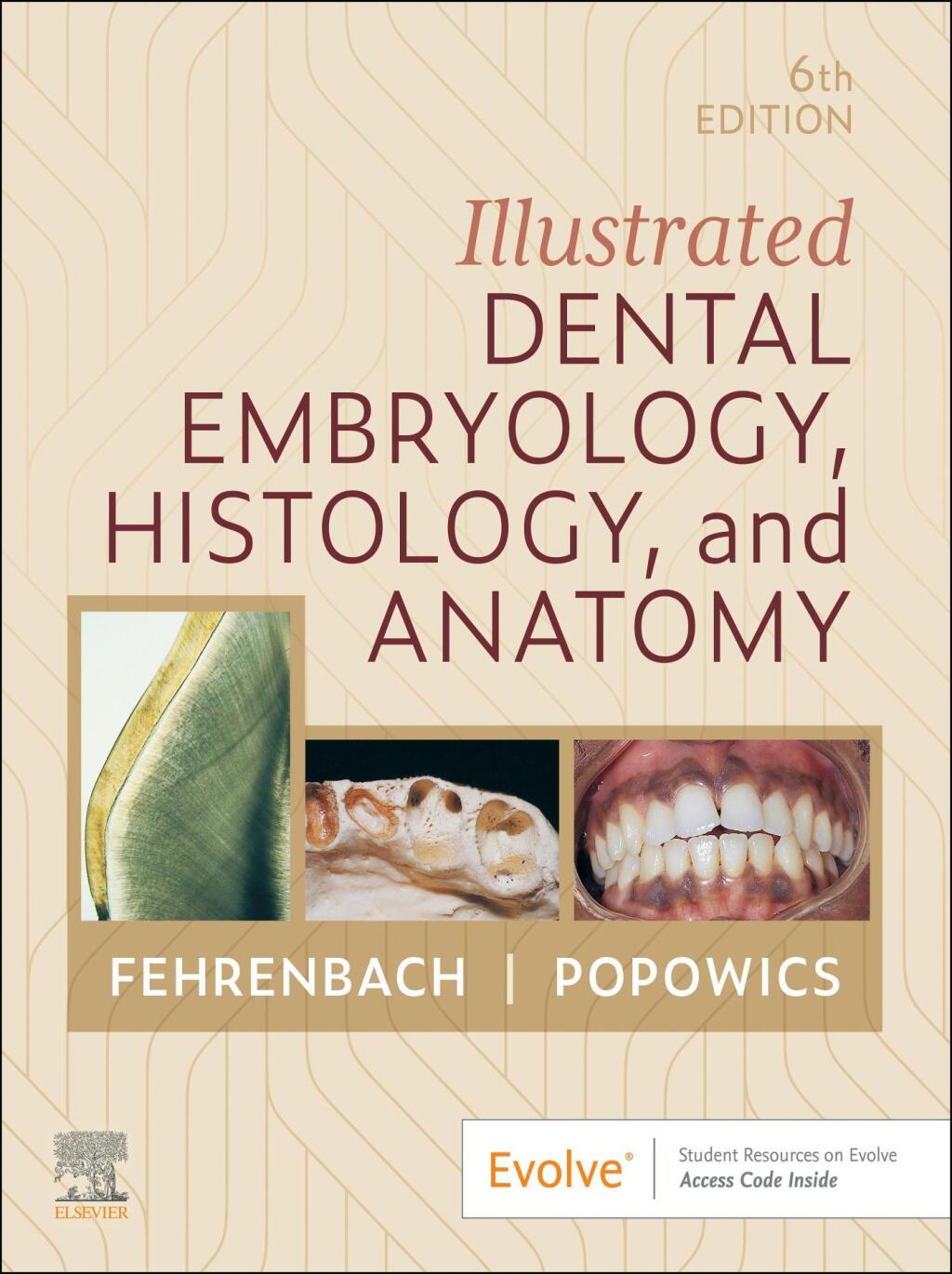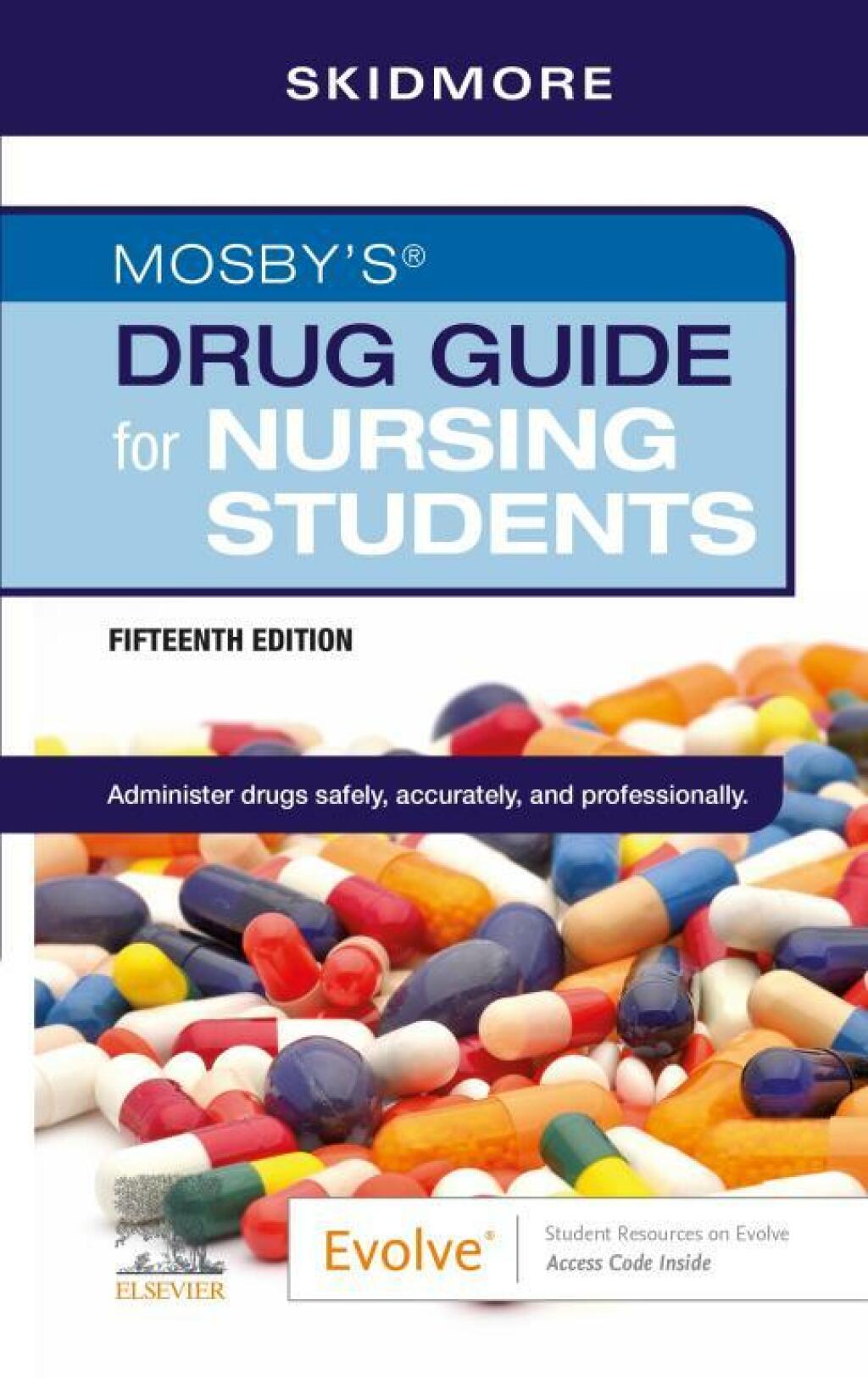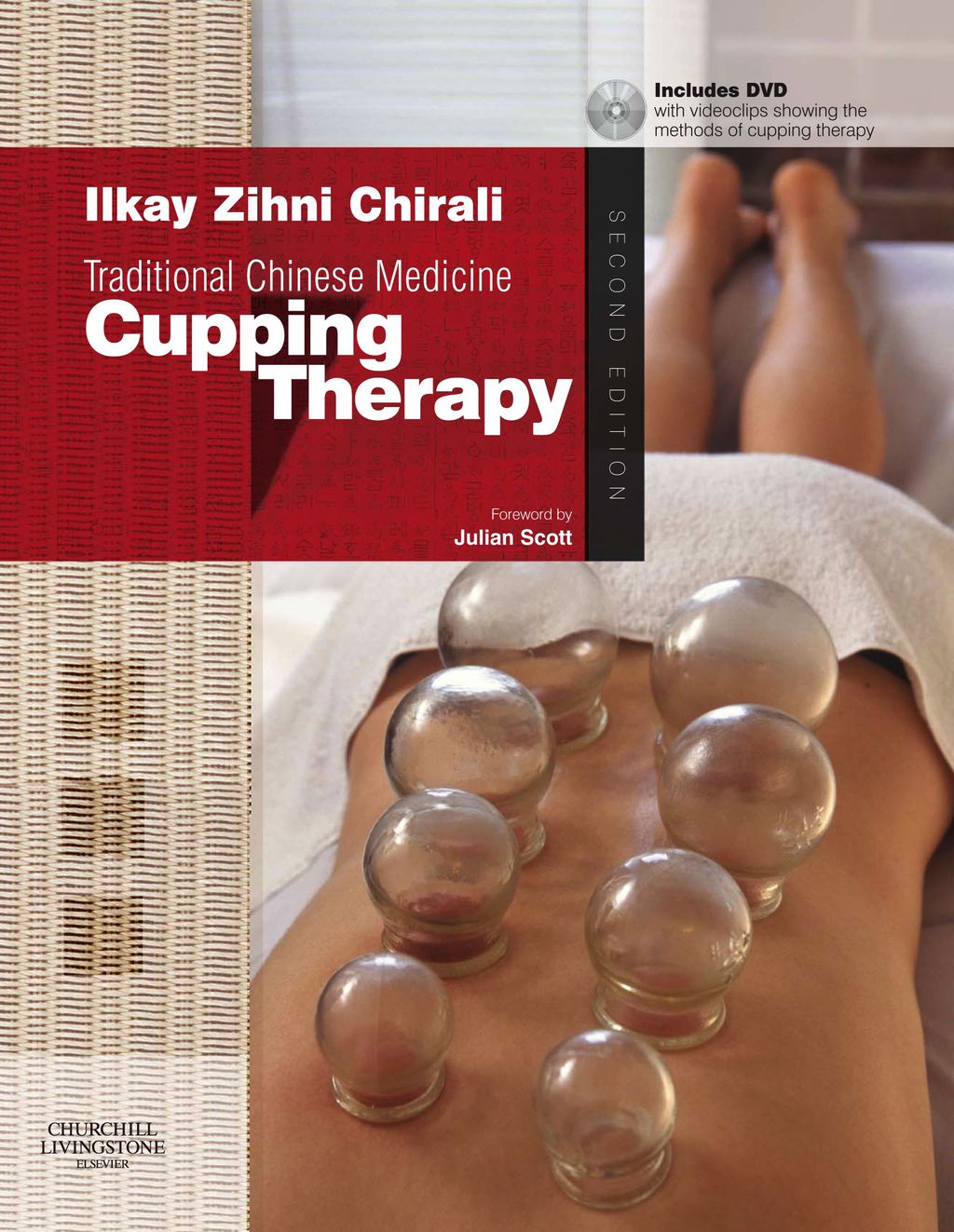Green Toxicology Making Chemicals Benign by Design 1st Edition
Author(s): Alexandra Maertens
Publisher: Royal Society of Chemistry
ISBN: 9781839164392
Edition: 1st Edition
$39,99
Delivery: This can be downloaded Immediately after purchasing.
Version: Only PDF Version.
Compatible Devices: Can be read on any device (Kindle, NOOK, Android/IOS devices, Windows, MAC)
Quality: High Quality. No missing contents. Printable
Recommended Software: Check here
Important: No Access Code
Description
Green toxicology is an integral part of green chemistry. One of the key goals of green chemistry is to design less toxic chemicals. Therefore, an understanding of toxicology and hazard assessment is important for any chemist working in green chemistry, but toxicology is rarely part of most chemists’ education. As a consequence, chemists lack the toxicological lens necessary to view chemicals in order to design safer substitutions. This book seeks to fill that gap and demonstrate how a basic understanding of toxicology, as well as the tools of in silico and in vitro toxicology, can be an integral part of green chemistry. R&D chemists, product stewards, and toxicologists who work in the field of sustainability, can all benefit from integrating green toxicology principles into their work. Topics include in silico tools for hazard assessment, toxicity testing, and lifecycle considerations, this book aims to act as a bridge between green toxicologists and green chemists.
Related products
Green Toxicology Making Chemicals Benign by Design 1st Edition
Author(s): Alexandra Maertens
Publisher: Royal Society of Chemistry
ISBN: 9781839162282
Edition: 1st Edition
$39,99
Delivery: This can be downloaded Immediately after purchasing.
Version: Only PDF Version.
Compatible Devices: Can be read on any device (Kindle, NOOK, Android/IOS devices, Windows, MAC)
Quality: High Quality. No missing contents. Printable
Recommended Software: Check here
Important: No Access Code
Description
Green toxicology is an integral part of green chemistry. One of the key goals of green chemistry is to design less toxic chemicals. Therefore, an understanding of toxicology and hazard assessment is important for any chemist working in green chemistry, but toxicology is rarely part of most chemists’ education. As a consequence, chemists lack the toxicological lens necessary to view chemicals in order to design safer substitutions. This book seeks to fill that gap and demonstrate how a basic understanding of toxicology, as well as the tools of in silico and in vitro toxicology, can be an integral part of green chemistry. R&D chemists, product stewards, and toxicologists who work in the field of sustainability, can all benefit from integrating green toxicology principles into their work.
Topics include in silico tools for hazard assessment, toxicity testing, and lifecycle considerations, this book aims to act as a bridge between green toxicologists and green chemists.

